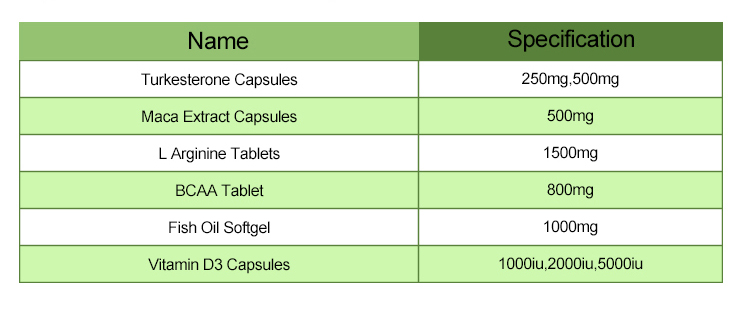Vitamin D3 Capsules from Lyphar is made of high quality Vitamin D, which is normally obtained from the diet or produced by the skin from the ultraviolet energy of the sun. Vitamin D3, also known as cholecalciferol, is a fat-soluble vitamin that plays a crucial role in various physiological processes, particularly in the regulation of calcium and phosphate metabolism. It is synthesized in the skin upon exposure to sunlight and can also be obtained from certain foods or dietary supplements. Vitamin D3 is often formulated into capsules for oral administration. Here’s an overview of its chemical structure and physical properties:
Chemical Structure of Vitamin D3 Capsules:
Vitamin D3 has a molecular formula of C27H44O.
Its chemical structure consists of a steroid backbone with a hydroxyl group (OH) at the C3 position.
The molecular structure is as follows:
H3C–[CH2]3–[CH2]5–C=C–[CH2]3–[CH(CH3)]7–CH2OH
| |
OH H

The presence of the hydroxyl group is crucial for its biological activity, as it undergoes hydroxylation processes in the liver and kidneys to become active metabolites (calcidiol and calcitriol).
Physical Properties of Vitamin D3 Capsules:
Appearance: Vitamin D3 capsules typically contain a yellowish to amber-colored oily solution or powder, depending on the formulation.
Melting Point: The melting point of pure crystalline vitamin D3 is around 83-86°C (181-187°F).
Solubility: Vitamin D3 is fat-soluble (lipophilic) but sparingly soluble in water. It dissolves readily in fats, oils, and organic solvents.
Stability: Vitamin D3 is relatively stable when protected from light and oxygen. However, it can degrade upon exposure to heat, moisture, and prolonged storage.
Odor and Taste: Vitamin D3 typically has no distinct odor or taste when encapsulated properly.
Density: The density of vitamin D3 is around 0.97 g/cm³.

Biological Importance of Vitamin D3 Capsules:
Vitamin D3 plays a crucial role in maintaining calcium and phosphate homeostasis, thereby promoting bone health and mineralization.
It is also involved in regulating immune function, cell growth, and neuromuscular function.
Deficiency of vitamin D3 can lead to conditions like rickets in children and osteomalacia in adults, characterized by weakened bones and skeletal deformities.
When formulating Vitamin D3 into capsules, it’s essential to ensure proper encapsulation to protect the compound from degradation and maintain its potency. Additionally, adherence to regulatory standards and guidelines is crucial to ensure product quality and safety for consumption.
